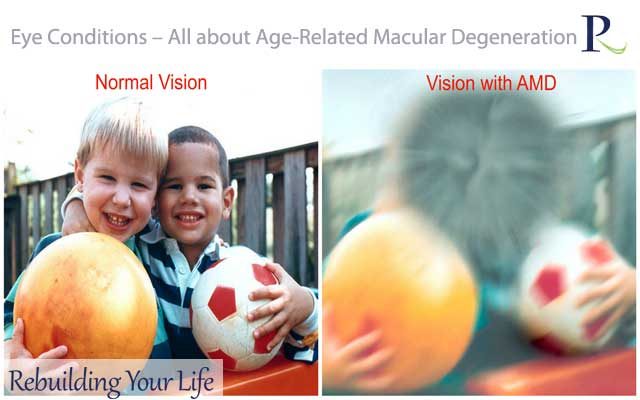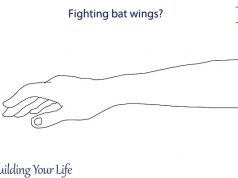When people hear about severe vision loss in old age, it is mostly due to a condition called macular degeneration. It’s an eye condition that is common in people over the age of 60. The condition develops when the retina, the small central portion of the region to be precise, it starts to deteriorate with age. This region is called the macula and hence the name of the condition.
The retina is responsible for sensing light and it’s a nerve tissue found in the back of an eye. It sends the signals to the brain. This affliction is age-related which is why macular degeneration occurs usually once a person is in his/her 60s. This condition doesn’t blind people completely, though its level of visual disability is no less to be brushed off. This condition occurs in two main types.
Dry Form Age-Related Macular Degeneration:
When the macula is host to yellow deposits in the retinal region called drussen, the dry form of macular degeneration occurs. The amount of drussen has a role to play in the obscured vision, with small minute amounts having no adverse effect but big ones do. With time, their size and number increase, resulting in dimmed or distorted vision in the individuals. They are noticeable when the person tries to read.
This dry form of macular degeneration can, in its most advanced stage, thin the light sensitive layers of the retina. This can result in atrophy and this means the person may experience blind spots in their vision. They are even at risk of losing their central vision. The tissue dies and hence these conditions occur and become incurable.
Wet Formage-Related Macular Degeneration:
When abnormal blood vessels grow from the choroid that’s nested beneath the macular region, it is commonly referred to as the wet form of macular degeneration. In this instance, these blood vessels leak blood and fluid in the sensitive retinal region, causing widespread distortions in vision. Blind spots, loss of central vision and zigzag vision are all a result of this. This condition is also referred to as choroidal neovascularization. When these blood vessels scar, the loss of vision can become permanent.
Compared to the dry form, where only partial loss of the central vision occurs, the wet form is more dangerous. Even though only 10% of the patients with dry form end up developing the wet form of macular degeneration, it is still a serious issue many people with vision loss face. The individuals at risk of wet form need to monitor their eyesight regularly and with the utmost care of the eye doctor.
Treatment
At this point, there exists no cure for either forms of age-related macular degeneration. However, there are some treatments available which can go a long way in preventing severe vision loss. At the very least, they can slow the progression of the disease. Here are some of the treatments:
Anti-Angiogenic Drugs
These are medicines that when injected into the eye retard and prevent the formation of new blood vessels and leakage that are a feature of the abnormal vessels. This form of treatment has actually resulted in patients regaining their lost vision due to macular degeneration. The treatment may require regular follow-up visits to prove effective.
Laser Therapy
Abnormal blood vessels that are growing at a high rate can be neutralized with the help of high-energy laser light.
Photodynamic Laser Therapy
This is a two-step treatment that involves the administration of a light-sensitive drug. This can damage the abnormal blood vessels. Afterwards immediately, a second medication is injected. This medication travels to the abnormal blood vessels. The eye doctor shines a cold laser which, upon contact with the medicated abnormal blood vessels, activates the medication and destroys the blood vessels.
These are some of the ways macular degeneration can be stopped. It’s an eye condition that needs serious treatment.







